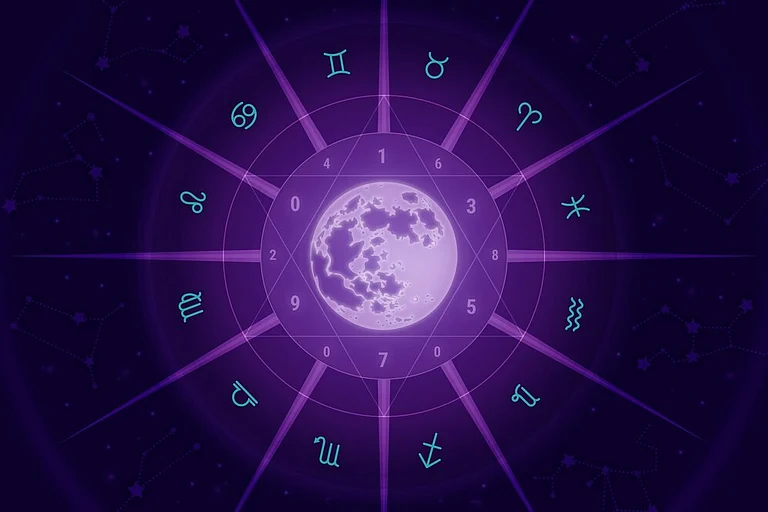NASA has announced plans to develop a unique timekeeping system tailored specifically for the lunar environment. This initiative aims to address the temporal peculiarities of the moon, where time moves at a slightly faster pace than on Earth due to its lower gravitational force.
Kevin Coggins, NASA’s top communications and navigation official, explained that the concept involves deploying an atomic clock on the lunar surface. This clock will tick at a different rate compared to those on Earth, reflecting the distinctive rhythm of the moon. With this innovation, everything on the lunar surface, from astronaut missions to technological operations, will synchronize with the accelerated moon time.
The significance of precise timekeeping has escalated with advancements in GPS, satellites, and complex computer systems. Minute discrepancies, such as the 58.7 microseconds gained each day on the moon, can profoundly impact high-tech operations, emphasizing the need for a tailored time reference.
While the International Space Station will maintain its use of coordinated universal time (UTC), the transition point to the new moon-centric time system remains a consideration for NASA. Just as leap seconds adjust Earth time, lunar time will require its own calibration to ensure accuracy.
However, unlike Earth, the moon will not observe daylight saving time, simplifying the temporal framework for lunar activities.
This initiative follows a call from the European Space Agency for a unified time standard for lunar operations, acknowledging the moon's 29.5-day day-night cycle.
The White House directive tasks NASA and other U.S. agencies with collaborating internationally to formulate a comprehensive plan for the moon-centric timekeeping system. A preliminary proposal is expected by the end of the year, with a finalized plan slated for completion by the end of 2026.
NASA's ambitious timeline aligns with plans to send astronauts around the moon in September 2025, with manned lunar landings anticipated a year later.


























